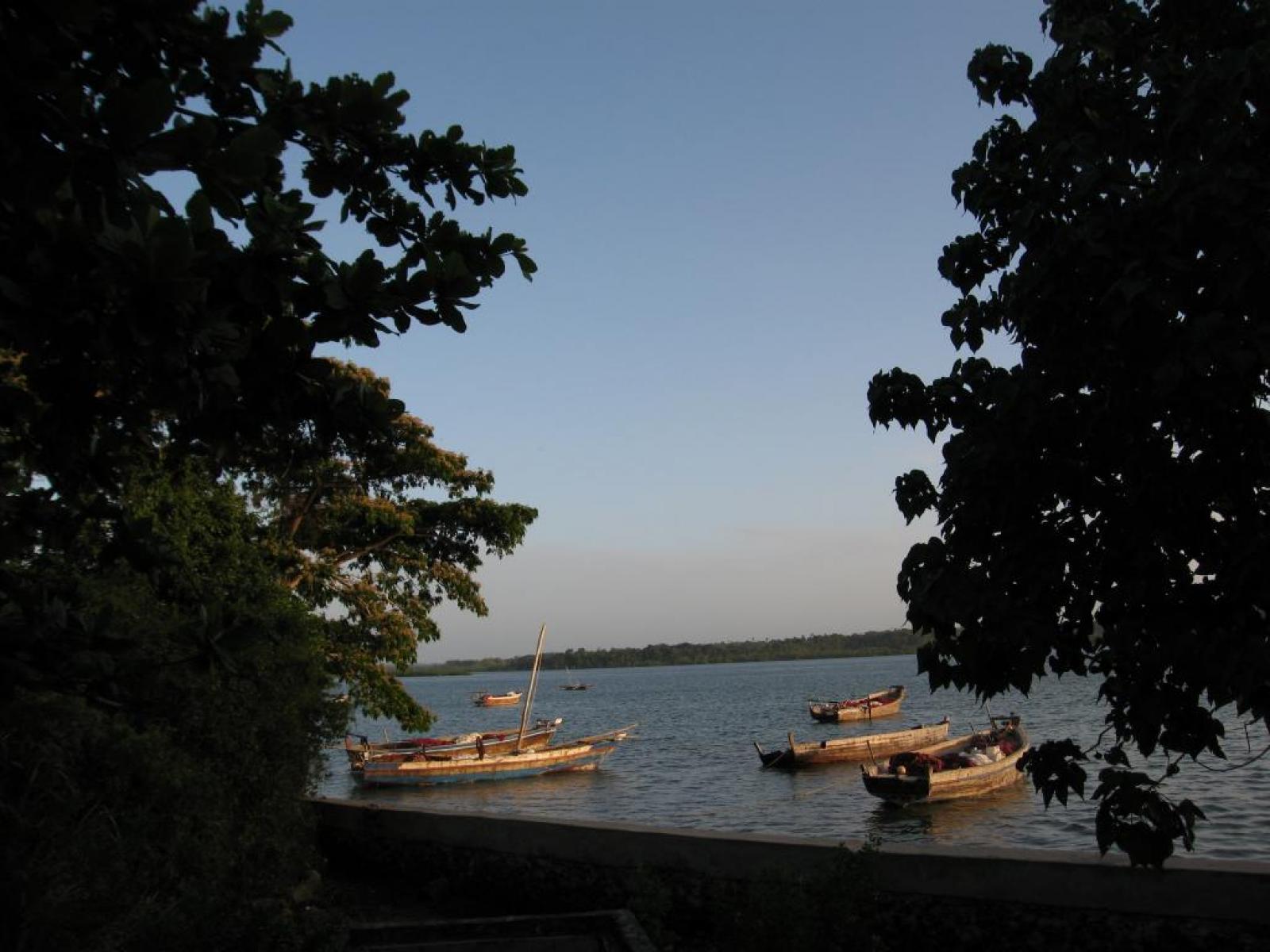An Overview Of Our Solution
Islamic Marine conservation Misali Island Zanzibar
Who is this solution impacting?
Ecosystem
Océans/Côtes
Community Type
Rural
Additional Information
- Population Impacted:
- Continent: Afrique
Problem
Describe the problem
The Misali protected area is based on the promotion and realisation of the customary sharia (Islamic law) as a means for sustainable development. Islam engenders consciousness about nature and teaches its adherents (who are considered to be God’s trustees on earth), to maintain the balance inherent in His creation. It encourages respect for the beauty and order that permeate the natural domain. Creation or nature is seen by Muslims as the ayat (signs) of Allah which is also the name given to the verses of the Qur’an.
Biodiversity Impact
Before project Misali's fishermen were dynamiting coral reef in order to secure a significant catch from depleting fish stocks due to over fishing by international trawlers. This practice not only endangers the fragile reef ecosystems but also threatens the long-term survival of the fishing Community as the indiscriminate explosions kill young fish before they have time to breed,an outright ban on dynamite fishing and extensive NGO activity had been unable to influence the fishermen to stop using dynamite. IFEES began an extensive Islamic education programme, working within the traditional structures of the community and enlisting the help of the local religious leaders to disseminate core environmental teachings. Through workshops on Quran, Creation and Conservation, the fishing communities were able to understand how care for God's creation related directly to the coral reef and it's life forms. It was an inspiring message, and as one they couldn't ignore. As one fisherman put it, "It is easy to ignore the government, but no-one can break God's law." Following the IFEES education programme, Misali fishermen gradually adopted more sustainable fishing practices. As a consequence, sustainable fishing catches have increased and communities are now in a better position to secure catches for future generations. IFEES also proposed that Misali be declared a 'HIma' or Shariah-based conservation zone, to guarantee its continued protection.
Solution
Prevents Coral reef distruction by dynamite through volantary witdrawal of practice on moral and ethical grounds. In common with other traditional communities, the fishermen are experiencing population growth, rising expectations, depleting resources, and threats from tourism. International trawlers equipped with high-technology fishing techniques have yet to make their presence felt but the situation is critical even before their arrival. As long hours in the open seas continue to yield shrinking catches, some fishermen have resorted to dynamiting the reefs to extract more fish. This inevitably causes permanent damage to the marine habitat in addition to depriving the fish of their nesting grounds. The threat of a hotel being built on Misali Island has now receded with the creation of the Conservation Area. Fishing within reef beds is strictly controlled to be in balance with other life in and around it and the fishermen are compensated for loss of revenue by remuneration from controlled eco tourism. Wide mesh nets allow smaller and younger fish to survive. Biodegradable nets do not snare and endanger both the sea life and the human reef visitors. // The total area of the Misali Island Marine Conservation Area (MIMCA) is 22 km2. Misali Island, which is about 2 km2, is the core of the marine protection zone (Cooke and Hamad 1998), and its conservation status is comparable to a Category V or Category VI Protected Area, according to the IUCN guidelines. Misali Island is surrounded by some of the finest coral reefs in the Indian Ocean. On the west side facing the deep water of the Pemba channel, the reef descends steeply with hard corals to 64 metres, where there are more than 300 species of fish and 42 genera of corals (Cooke and Hamad 1998). The island is renowned in diving circles for its rich coral slopes and gardens and exceptionally clear water. FO??rstle et al. (1997) describe the quality of its marine and intertidal habitats.
Replicability
How many years has your solution been applied 13 years // Have others reproduced your solution elsewhere? No // Through the 'Misali Island Conservation Association' MICA but this is a key area where any further funds obtained by IFEES would be directed. As current monitoring and evaluation as well as comunication is under resourced and in danger of breaking down. The Chairmaan of MICA is Salum Rashid Abdullah but our former project officer 'Ali Thani' has left the Island for the Mainland. The proposed future action is for a two person IFEES team to revisit Misali and re-engage and reinforce the local Management.
Human Well Being and Livelihood Impact
The Misali conservation area is used as a fishing ground and it provides direct livelihood to an estimated 1,640 fishermen, supporting over 11,000 people. The fishermen come from 35 coastal shehias or villages located in neighbouring Pemba. The fishers effectively form a community because they spend a large part of their time together, share resources such as camping sites, fuel, food and water and help one another during emergencies. The fishermen have pride in their stewardship and appreciate the stipend they get from eco tourism as just payment for their ownership of the reef. // MICA manage the fishing routine of the fishermen by issuing rota's and monitoring the equiptment used. They check net composition and mesh size and run a self policing service where local fishermenn in turn physically check fishing boats while they are fishing. All fishermen are licenced by the local authority. The template of training to the Learned Imams of the community is replicating awareness across the island of the moral and ethical divine guidlines of environmental stewardship and the number of these additional benificieries is currently unknown. The lack of local additional resources means that this area of local management and reporting is the most important area where the largest part of any prize would be invested.
